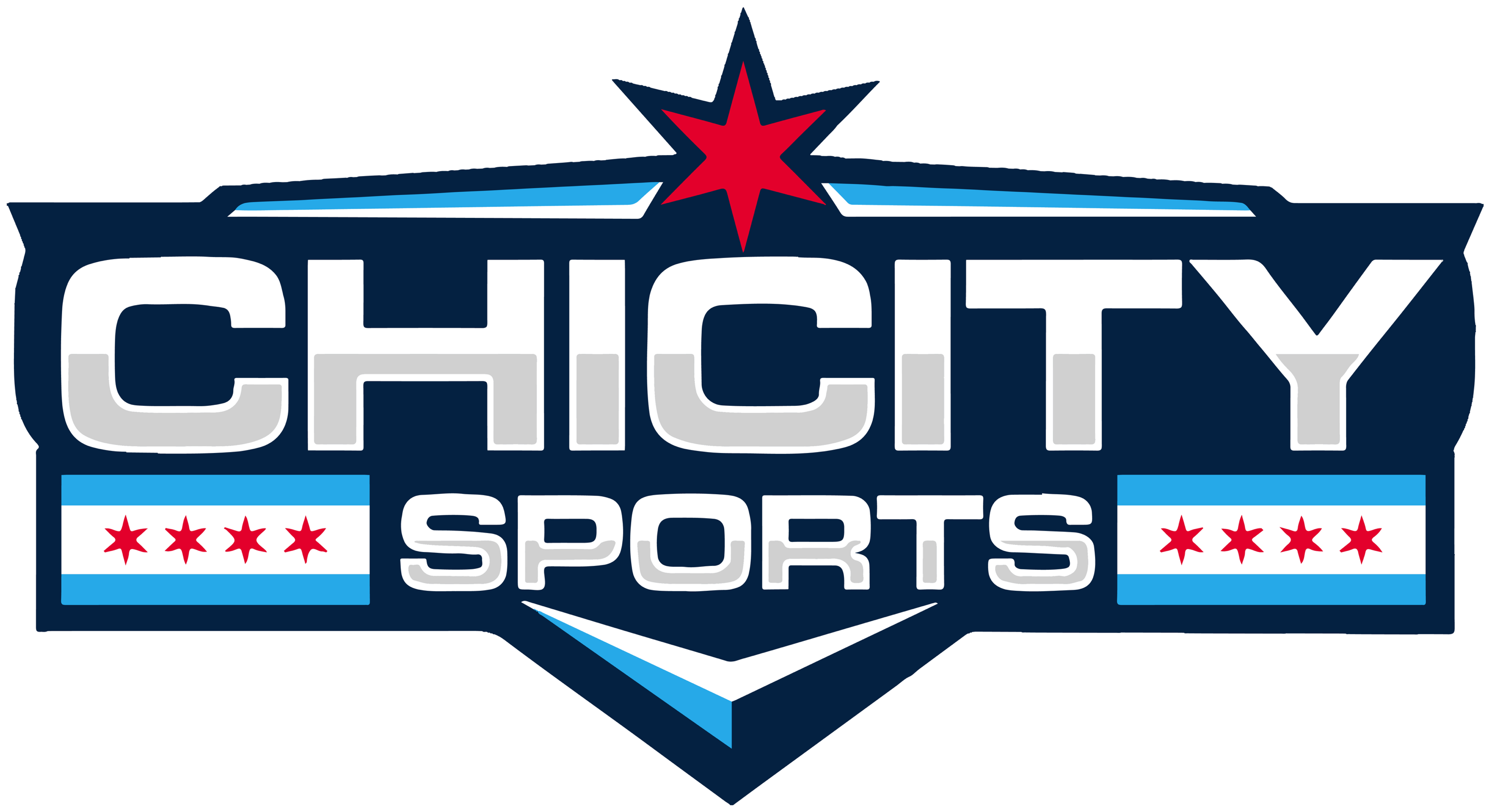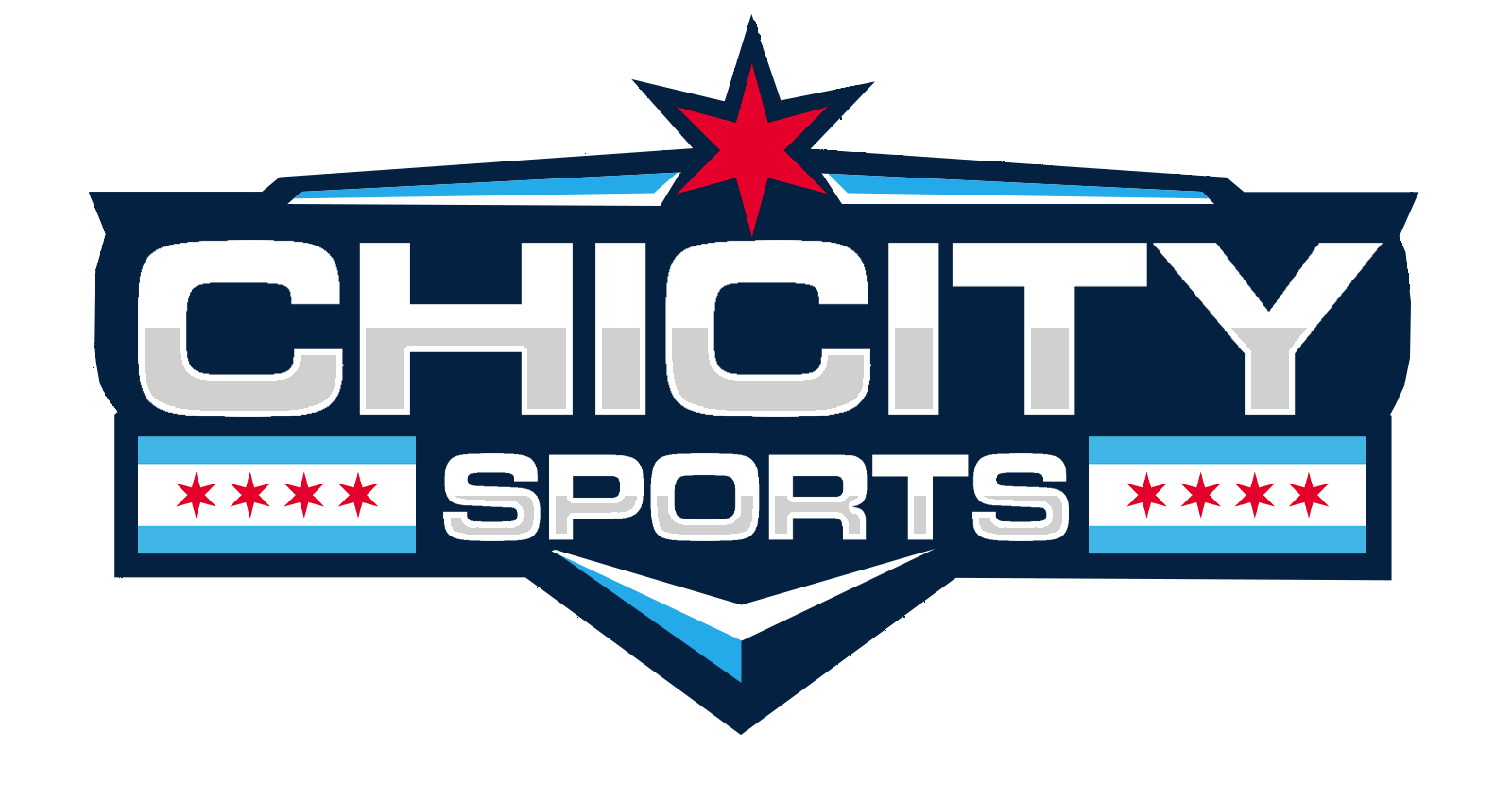The bright lights and the roar of the crowd, the adrenaline rush of game day. For NFL players, stepping onto the field can feel like entering an alternate reality – one filled with fame, fortune, and glory.
But behind the helmet, many players face a far darker reality. Away from the gaze of fans, countless athletes grapple with significant mental health issues, ranging from depression and anxiety to more severe conditions like CTE. Despite the macho culture of pro football, the mental toll of the game is undeniable.
The Grind Takes Its Toll
Life in the NFL is an unrelenting grind. The pressure starts mounting even before players enter the league. The draft process and training camp are notoriously demanding, squeezing every ounce of effort from athletes vying for a roster spot. For rookies, learning the playbook is a full-time job, one false step away from the unemployment line.
Once the season begins, the daily stresses only increase. Pro football infiltrates nearly every aspect of players’ lives. There are team meetings, film study sessions, practices, workouts, media obligations, and rigid diet and sleep regimens. Players even have scheduled bedtimes.
Pain Management Compounds the Problem
To cope with the daily physical punishment of pro football, painkillers are ubiquitous. Team doctors freely distribute pain-numbing injections and anti-inflammatory pills. For many, reliance on medication slowly escalates.
This dependence can swiftly morph into a full-blown addiction. Studies show NFL players misuse opioid painkillers at four times the rate of the general population. For some, addiction remains hidden until retirement.
This dangerous cycle has contributed to countless personal tragedies, including the deaths of high-profile players like Hall of Famers Ken Stabler and Mike Webster.
Concussions Add to the Danger
In recent years, awareness has grown around head trauma and CTE in football. The tragic suicides of players like Dave Duerson, Andre Waters, and Junior Seau have been linked to the degenerative brain disease caused by repeated hits.
CTE is now recognized as a real threat lurking inside players’ helmets. Its destructive effects often emerge years after retirement, impacting mood, behavior, and cognition. There is still much unknown about CTE, but one thing is clear – it poses a devastating risk to long-term mental health.
CTE only exacerbates the mental health crisis already simmering in the league. For current and former NFL athletes, it’s one more reason to be vigilant about mental wellness.
Progress Is Being Made, But Stigma Persists
In recent years, the NFL has made increased resources available to players to address mental health. All teams now have licensed behavioral health clinicians on staff. There are anonymous hotlines players can call for help. And teams are even permitted to dock pay from players who miss mandatory counseling sessions.
However, substantial stigma remains around mental healthcare. The culture of toughness in the NFL makes many players reluctant to speak up. Seeking help is still perceived as a weakness by some.
It often takes a tragedy to spark change. In the wake of Seau’s suicide, his family has become outspoken advocates for mental health awareness. The same is true for the families of Webster, Waters, and others. Slowly but surely, the issue is being brought into the light.
Reason for Hope
While the mental health crisis in the NFL is very real, there are reasons for optimism. Players like Brandon Marshall and Calvin Johnson have recently stepped forward to share their own struggles, helping chip away at stigmas. Younger athletes are entering a league that is more cognizant of mental health than ever before.
Resources and treatment options are also expanding. The most important step is getting help early. For current players, that means taking full advantage of the confidential options offered by teams before small issues snowball.
The Dark Cloud of Uncertainty
For most NFL players, the future beyond football remains frighteningly uncertain. Without football, many athletes struggle to find purpose and identity. The rigid structure of the league vanishes, leaving a void.
Medical issues and chronic pain linger, but without team doctors to lean on. For years, football consumed their entire lives. Now, players are left to figure out the rest on their own.
This lack of structure and sudden isolation amplifies mental health struggles. Without proper coping tools, despair can set in. That’s why preparing for post-football life is crucial.
But with nonstop demands during their playing days, few make time to plan for the future. The dark cloud of uncertainty looms large.
Amid financial distress, some retired players become caught up in high-risk behaviors, including making reckless NFL bets as a way to try to recoup lost earnings.
Conclusion
Behind the roar of the crowd, NFL players continue to battle enormous mental health challenges. But through openness, understanding, and care for one another, they can begin taking off those heavy helmets and reclaiming their true selves. There will always be support for those who reach out a hand for help.
For More Great Chicago Sports Content
Get the latest Chicago sports news, analysis, and breaking stories on the Bears, Bulls, Blackhawks, Cubs, White Sox, Sky, and more! Tap the star to add us to your favorites on Google News, so you never miss a story on your favorite Chicago teams.
Follow us on Twitter at @chicitysports23 for more great content. We appreciate you taking time to read our articles. To interact more with our community and keep up to date on the latest in Chicago sports news, JOIN OUR FREE FACEBOOK GROUP by CLICKING HERE




